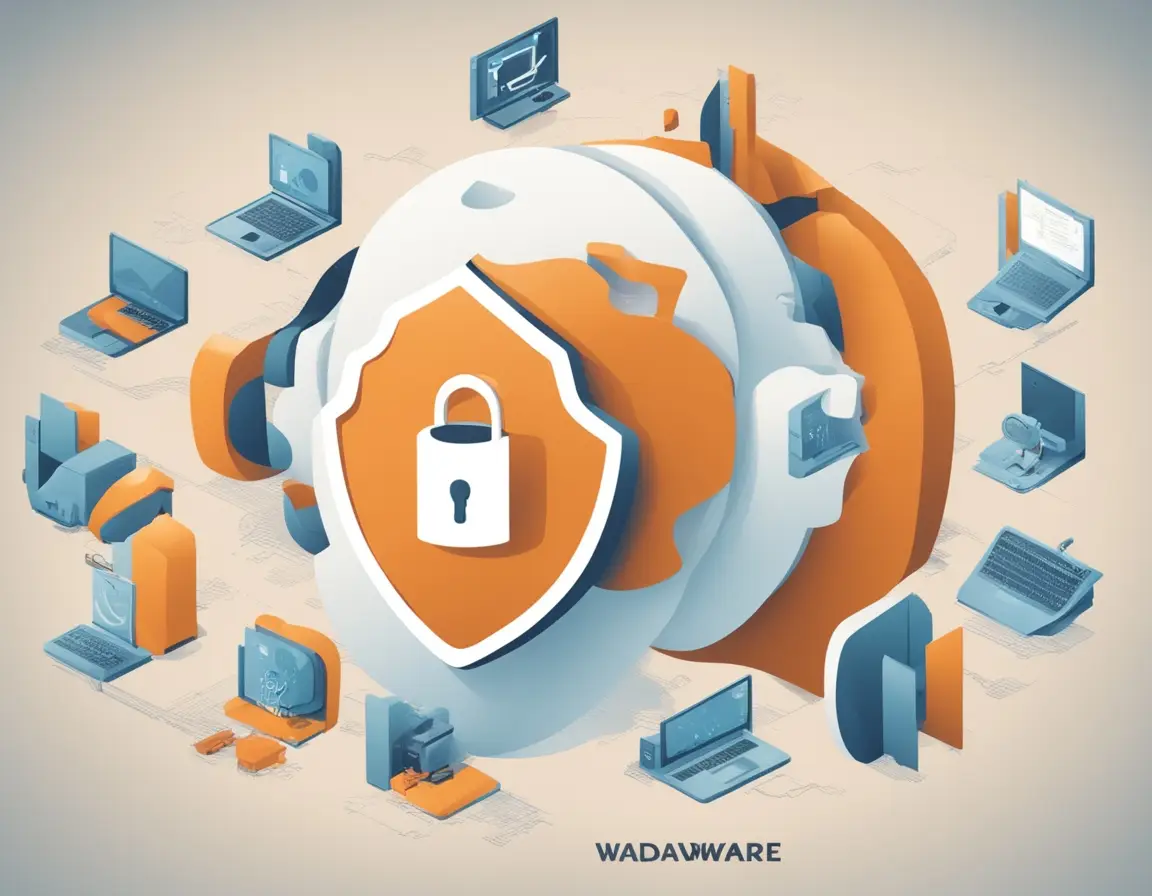The digital world is always changing, which brings both possibilities and difficulties in this age of technology and connectivity. The sneaky and dangerous threat known as “Wadware” is one such difficulty that has recently gained notoriety. As we depend more and more on digital platforms, it’s important to understand the different types of wadware to keep our digital lives safe.
What is Wadware?
It is a type of harmful software that works invisibly on computers. The term may not be as well known as malware or ransomware. When compared to its more well-known peers, it doesn’t try to cause trouble or steal private data. Instead, it takes a more subtle method, focused on how digital garbage builds up over time without being noticed.
The Silent Intruder
It’s possible that you’re exploring the internet and getting a file or launching an app that seems totally safe. Unbeknownst to you, it quietly infiltrates your system, installing itself in the background. What is its main purpose? Gradually collect useless files, taking valuable disk space and slowing down your device over time.
Unlike other types of malware that reveal their presence with overt disruptions, it works in the dark, quietly lowering system performance without setting instant alarm bells. Users often notice the effect only when their devices begin to lag, apps take longer to start, and storage space suddenly dwindles.
The Stealthy Accumulation
Wadware gets its name from its penchant for collecting “wads” of useless files. These can include temporary files, copied data, and other digital debris that, individually, may seem unimportant. However, as these wads pile up, they collectively add to a slow system, hindering productivity and, in some cases, leading to system crashes.
One of the unique features of it is its ability to hide itself within seemingly harmless programs. Users mistakenly download these applications, unaware that they carry a secret message. Once loaded, it secretly begins its goal to clutter your system, creating a digital mess that can be challenging to untangle.
The Potential Consequences
While it may not directly risk private data or hold your files hostage, its effects should not be ignored. The slow decline of system speed can lead to dissatisfaction and reduced output. Moreover, as your device tries to deal with the increasing wads, it becomes more vulnerable to other hacking risks.
Wadware’s effect goes beyond individual users to pose possible risks to companies and groups. In a business setting, where networks are linked and data flow is constant, its appearance in even a single system can have a cascade effect, hurting total working efficiency.
The Intricacies of Wadware Functionality
It works on a complex program that constantly studies user behavior, watches online activities, and gathers data ranging from search past to tastes and even private information. This data is then utilized to create personalized ads, making them more appealing and, in turn, increasing the chance of user interaction. While the purpose may be based in increasing advertising efficiency, the methods applied by Wadware raise critical questions about user privacy and data security.
The Dark Side of Personalization: Privacy Concerns
As we manage the digital world, the idea of customization has become widespread. From personalized tips on streaming platforms to tailored ads on social media, users have grown accustomed to the ease offered by algorithms that seemingly understand their tastes. However, the line between customization and snooping becomes unclear when it enters the picture. The surreptitious collection of private data raises real concerns about privacy infringement and the potential for misuse.
Guarding Against Wadware
Given its modest nature, identifying and stopping it takes a proactive approach to defense. Here are some real steps to protect your digital environment:
1.Vigilant Downloads:
Exercise care when getting files or adding apps, especially from dubious sources. Always ensure that the software you’re getting comes from reliable makers.
2.Regular System Cleanup:
Conduct regular system checks and cleanups to find and remove useless files. This preventative step can help avoid the slow buildup of wads within your system.
3.Up-to-Date Security Software:
Keep your security and anti-malware tools updated. Security apps designed to identify it can provide an extra layer of defense against this sneaky danger.
4.User Awareness:
Educate yourself and your team about the risks involved. Promote a mindset of safety knowledge, stressing the importance of responsible online behavior.
To Sum Up
In a digital world filled with diverse cyber dangers, knowing and reducing the risks connected with it is important. Its subtle invasion and stealthy buildup make it a unique task that demands a delicate approach to defence. By staying alert, taking proactive measures, and spreading understanding, we can strengthen our digital defences and handle the difficulties of wadware in an increasingly interconnected world. After all, in the world of cybersecurity, understanding and readiness are our most powerful tools against the hidden foes that hide in the shadows.



